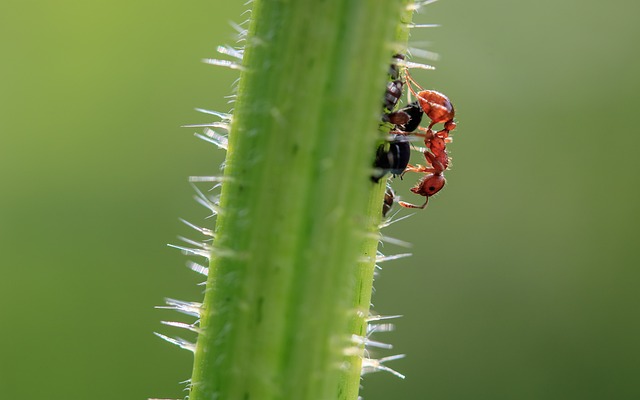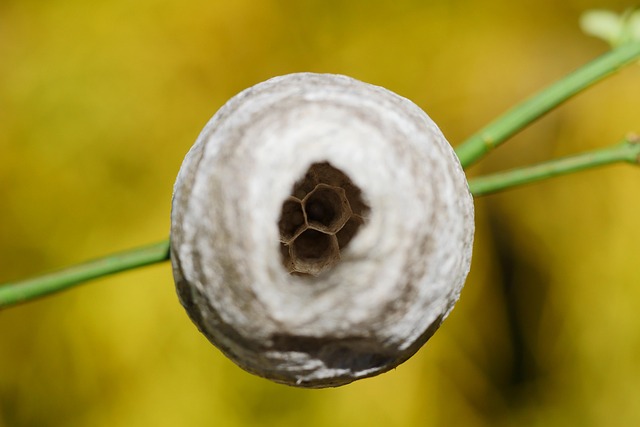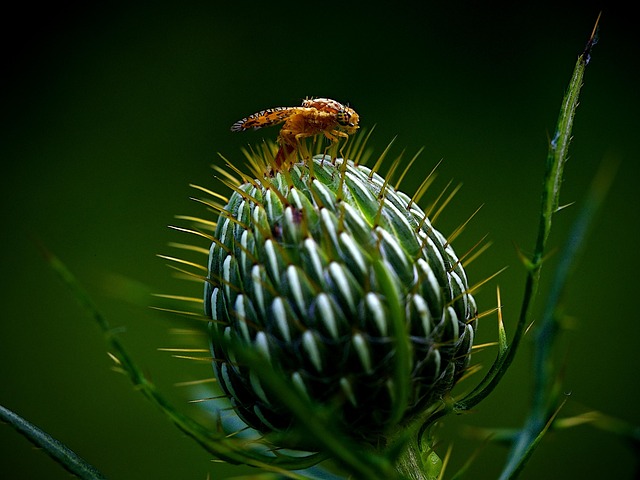Mosquito reduction programs employ strategies like habitat manipulation, chemical applications, and biological interventions to decrease mosquito numbers and disease transmission risks, offering insights for homeowners in Littleton to identify and address spider infestations by eliminating common breeding grounds. Key indicators of a spider infestation include dense sticky webs, small holes in fabrics, and sudden appearances of numerous spiders; common affected areas are basements, attics, crawl spaces, and dark corners. Early detection through regular inspections and maintenance is crucial for maintaining a safe and comfortable living environment.
Mosquitoes and spiders can turn your Littleton home into an uncomfortable space. This article guides you through comprehensive pest control strategies, focusing on mosquito reduction programs and identifying spider infestations. Learn about the signs of a spider invasion, understand their causes, and discover common areas where they hide. By implementing effective management techniques, you’ll gain control over these pesky invaders. Additionally, we explore how mosquito reduction programs contribute to a healthier environment and enhanced quality of life.
- Understanding Mosquito Reduction Programs: Their Role and Benefits
- Identifying Spider Infestations: Signs, Causes, and Common Areas in Littleton Homes
- Implementing Effective Pest Control Strategies for Mosquito and Spider Management
Understanding Mosquito Reduction Programs: Their Role and Benefits

Mosquito reduction programs are designed strategies aimed at minimizing mosquito populations and their associated risks to public health. These programs play a pivotal role in creating healthier living environments, especially in areas prone to mosquito-borne diseases. By implementing various control measures, such as habitat manipulation, chemical applications, and biological interventions, these initiatives significantly reduce the number of mosquitoes, thereby decreasing the likelihood of disease transmission.
The benefits of such programs are manifold. For homeowners in Littleton, identifying a spider infestation may seem like a separate concern, but understanding mosquito reduction can provide valuable insights. These strategies help eliminate breeding grounds for mosquitoes, like stagnant water sources, which are also common entry points for spiders. As a result, they contribute to a overall safer and more comfortable living space, addressing both insect-related issues effectively.
Identifying Spider Infestations: Signs, Causes, and Common Areas in Littleton Homes

Identifying a spider infestation in your Littleton home is crucial for maintaining a safe and comfortable living environment. Spiders are often overlooked until their presence becomes noticeable, which can be concerning for homeowners. Understanding how to recognize signs of an infestation early on is essential for effective pest control.
There are several indicators that suggest you may have spiders invading your space. Webs are a common visual cue; notice any dense, sticky webs in corners, behind furniture, or along ceilings. Spiders prefer quiet, undisturbed areas, so webbing in these spots could indicate their presence. Additionally, keep an eye out for small holes in fabrics and curtains, as spiders leave behind silk fibers when constructing webs. Other signs include the sudden appearance of numerous individual spiders, especially after a heavy rain or when turning on lights in dark rooms. Identifying the causes of spider infestation is equally vital; these arachnids are attracted to moisture, so areas with water leaks or high humidity may be prime targets. Unsorted clutter and limited ventilation can also create ideal conditions for spiders to thrive and breed. Common areas affected include basements, attics, crawl spaces, and dark corners throughout the home.
Implementing Effective Pest Control Strategies for Mosquito and Spider Management

In the pursuit of a pest-free haven, especially in regions known for their insect population, like Littleton, understanding how to tackle mosquitoes and spiders is paramount. These creatures, while different in nature, can both disrupt peace and pose potential health risks. For homeowners, identifying an early spider infestation is crucial. Keep an eye out for webbing in corners, cracks, or beneath furniture, as this could indicate a growing presence of arachnids. Regular inspections, particularly during warmer months, can help in detecting any unusual activity before it becomes a full-blown problem.
Effective mosquito reduction strategies involve a multi-faceted approach. Beyond maintaining a clean and clutter-free environment to minimize hiding spots, consider implementing physical barriers like fine mesh screens on windows and doors. Additionally, eliminating standing water around the house—a breeding ground for mosquitoes—can significantly reduce their population. For spiders, sealing entry points and keeping the area around the home well-lit can deter them from entering, while regular vacuuming helps remove both webbed structures and the arachnids themselves.
Mosquito reduction programs and effective pest control strategies are essential for maintaining a healthy and comfortable living environment in Littleton homes. By understanding the role and benefits of these programs, identifying common areas prone to spider infestations, and adopting suitable management techniques, homeowners can significantly reduce mosquito and spider populations. Remember that prompt action is key when dealing with pests like spiders, so if you notice any signs of an infestation, take appropriate measures to address it effectively.
